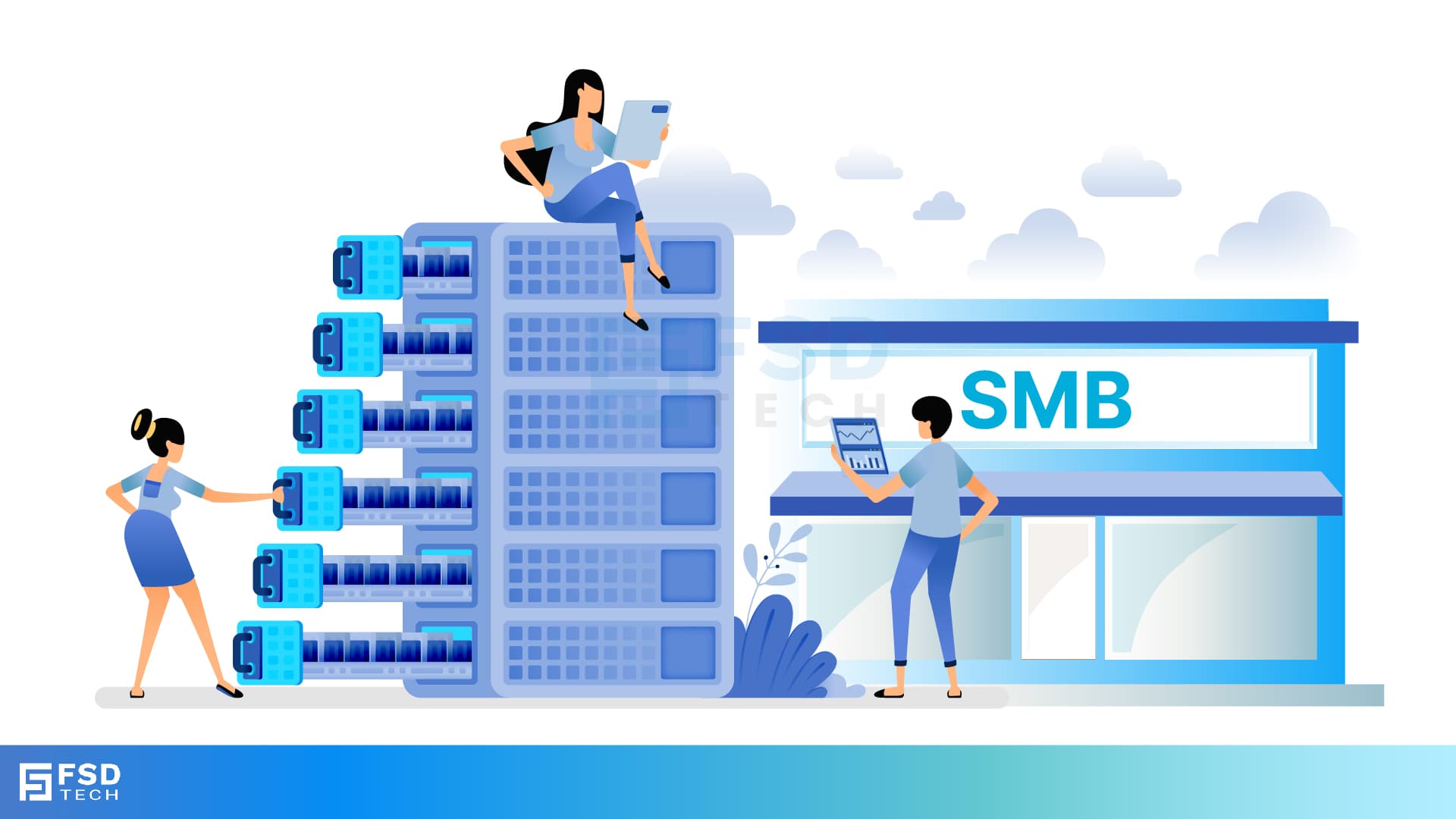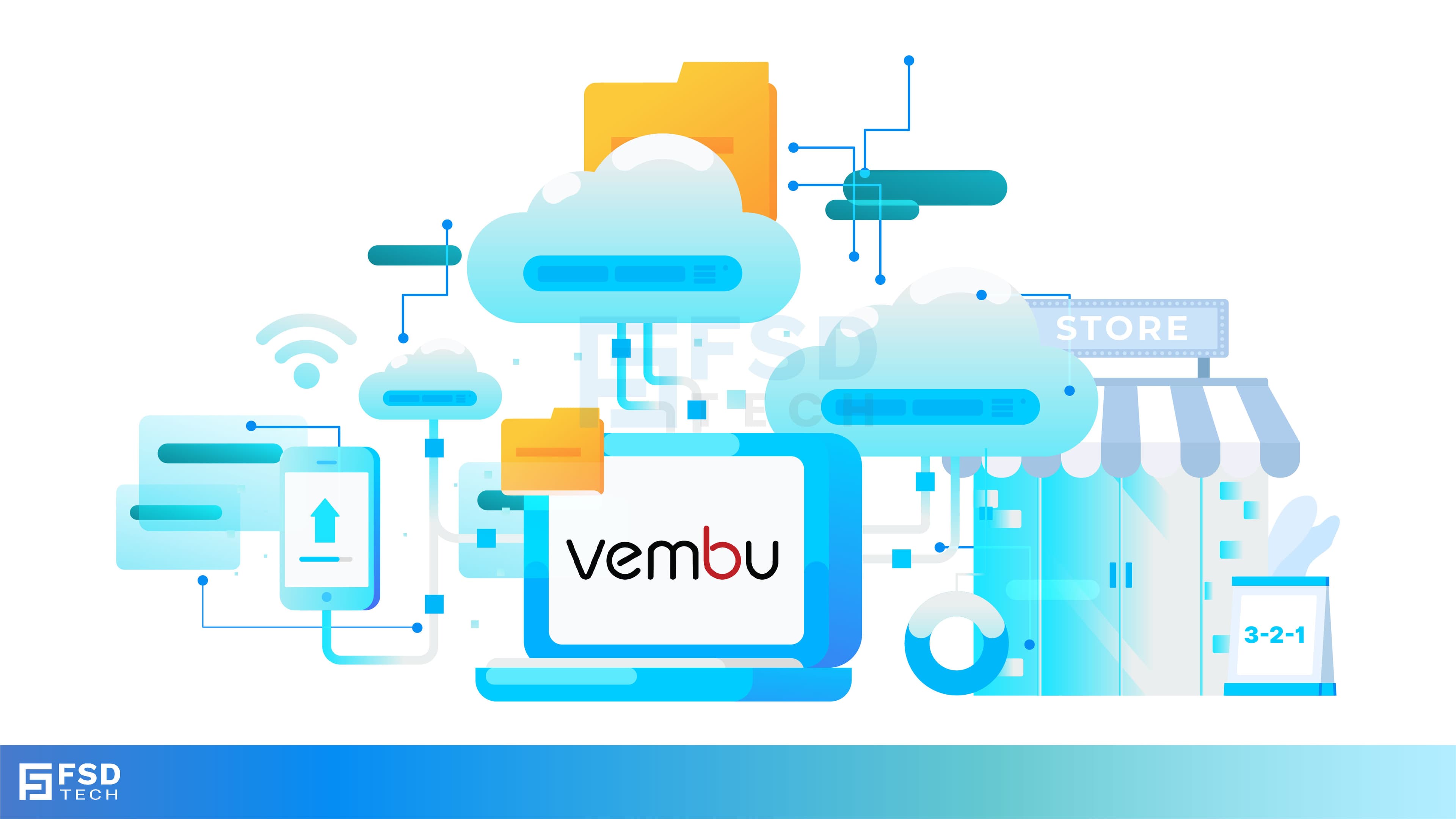
Inside Cato’s SASE Architecture: A Blueprint for Modern Security
🕓 January 26, 2025

On a Friday evening in Doha, two companies — completely different in size — ran into trouble.
By Monday morning, both companies were offline. Deliveries were delayed for the big company. The small store couldn’t process sales or track inventory. Customers were unhappy in both cases.
The lesson? Downtime doesn’t care how big or small you are.
Downtime is when your systems — computers, networks, or applications — stop working properly, and your business can’t run as usual.
This could mean:
For customers, downtime looks like a “sorry, we can’t help you right now” sign.
For businesses, downtime means losing money every minute.
Ready to See If Your Business Can Survive Downtime?
Many small business owners think: “Nobody will bother attacking us. We’re too small.”
Many large company leaders think: “We have so many systems and backups, downtime won’t be a problem.” Both are wrong.
Downtime risk isn’t just about your budget — it’s about how exposed you are and how quickly you can recover.
1. Big Companies Have More Complexity
2. Small Businesses Have Fewer Safety Nets
3. Threats Don’t Pick Favourites
Large Company:
A bank’s online services went offline for just 4 hours due to a software update error. That downtime resulted in thousands of failed transactions, customer complaints, and social media backlash.
Small Company:
A bakery in Cape Town lost its order list for an entire wedding season when a laptop hard drive failed. Without a backup, they had to call every customer to confirm details — and lost several orders in the process.
For big businesses:
For small businesses:
Fact: The average cost of downtime for a mid-sized business is about $9,000 per minute. For big companies, the figure can be far higher. But for a small business, even a much smaller cost can be fatal.
Want to know the true cost of downtime for your business? Fill the form and receive a personalized Downtime Cost Analysis from our team. Click Here
Both small and big businesses face the same causes of downtime:
The difference is in how they handle recovery:
Vembu is designed to give every business — regardless of size — a fighting chance against downtime:
Example:
Whether you’re a company with 5 employees or 5,000, downtime hurts just the same.
It doesn’t matter how big you are — it matters how prepared you are.
Don’t wait for downtime to teach you this lesson. Let’s run a free downtime risk check for your business today. Book your assessment now
Tomorrow’s Topic : We’ll discuss “The 2025 State of Data Protection in GCC & Africa” with real statistics, case studies, and lessons learned.

Downtime is any period when your business systems — like computers, software, networks, or websites — are unavailable or not working properly.
This can stop you from taking orders, processing payments, shipping goods, or serving customers. For example, if your payment system is down for 2 hours, you can’t make sales in that time.
Because customers expect fast, reliable service from everyone — no matter your size.
Yes. Many cyberattacks are automated — meaning hackers use software to scan for weaknesses without caring who you are.
If they find a weak spot, they attack. This is why even a small bakery or a local shop can be hit with ransomware.
They often have more systems and backup plans, but they also have more complexity. That complexity means more chances for things to go wrong — and when they do, fixing them can take longer.
Common causes include:
Yes. Industry studies show the average cost for a mid-sized business is about $9,000 per minute. For big companies, the losses can be much higher. For small businesses, the numbers might be lower, but even a few thousand lost in a single day can be devastating.
Customers can’t buy from you, use your services, or get support. This frustration can drive them to competitors. In many cases, customers won’t give you a second chance after a major outage.
Not always. Small businesses may have fewer systems to restore, but they often don’t have proper backups or IT staff to do it quickly. Large companies may have backup systems, but restoring them can take longer because of the complexity.
A good BDR solution — like Vembu BDR Suite — allows you to:
Believing they are “safe” because of their size. Downtime doesn’t care if you’re a two-person startup or a Fortune 500 company. The only thing that matters is how well you’ve prepared.
It depends on your RTO (Recovery Time Objective). For critical systems like payment gateways or production lines, recovery needs to happen in minutes, not hours.
If your backups are stored only on-site, you risk losing them too. This is why hybrid backups (local + cloud) are essential — so you can restore from the cloud if your office is affected.
No system is 100% downtime-proof. But with a strong BDR strategy, you can make downtime rare and keep recovery times very short, reducing the damage it causes.
Run a downtime readiness check:

Nasmal is a Solution Architect & Business Analyst focused on AI, Data, Automation, BCP, and Process Optimization. He helps businesses evolve from reactive to proactive, data-driven, and resilient operations. With hands-on expertise, he simplifies complex tech into clear, easy-to-understand blogs.
Share it with friends!

🕓 November 24, 2025

🕓 September 16, 2025

🕓 September 5, 2025
share your thoughts